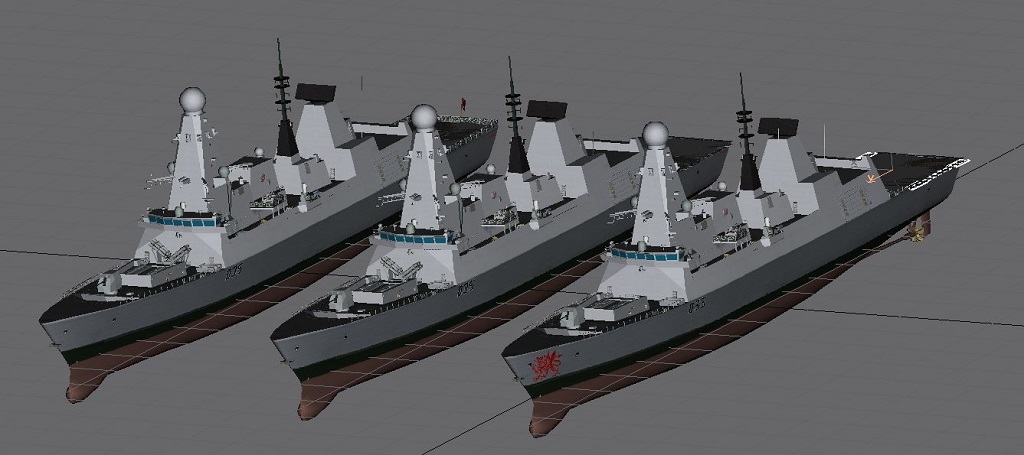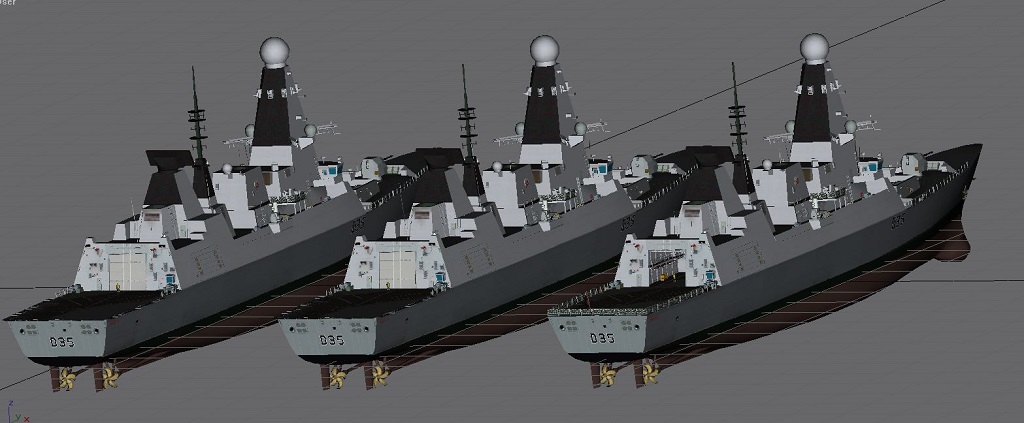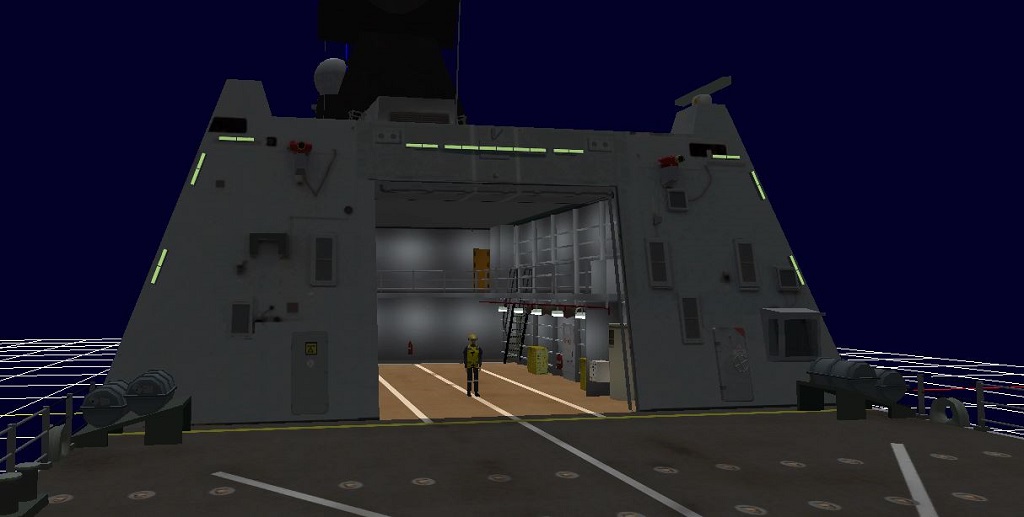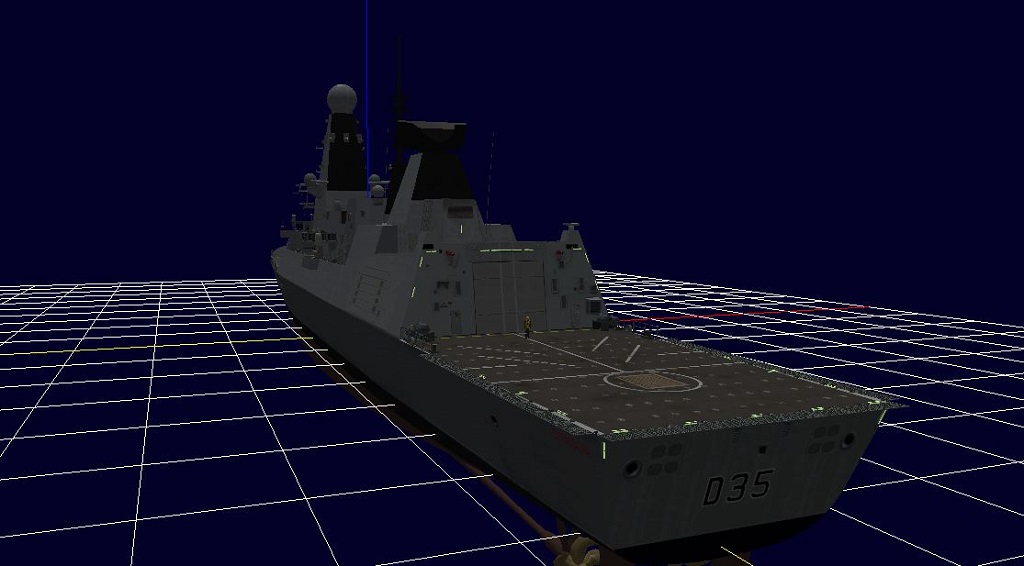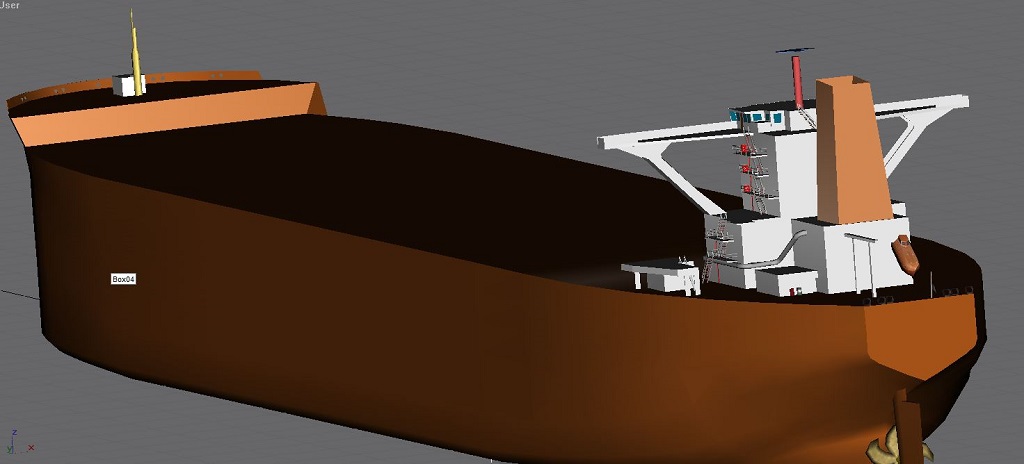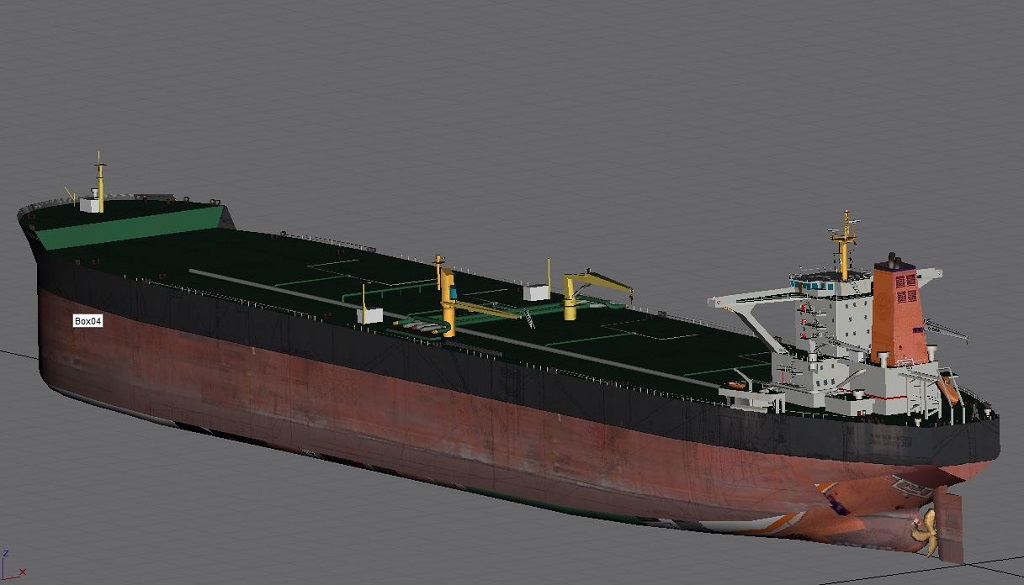Thanks for doing this Henrik!
This conversion has been one of the most important and interesting projects I was involved with lately. These are very rare ships. Some of the details not seen by many that are not into the shipping industry:
- These must be the only VLCC size tankers with a forecastle, because the original ships also had hatch covers and the forecastle is a means of protection for these openings forward.
- If you notice, there are no major cargo pipes running on the deck. All of the cargo delivery pipes leading to the manifolds amidships are recessed inside tunnels below deck.
- The hose handling cranes on the manifolds are different port and starboard. This is because the port crane is actually a bulk cargo crane for unloading ore cargo. The ship had 6 of these on the port side before the conversion to handle the ore from the holds. Five of them were removed during the conversion, leaving only the midship one on the port side. The one on the starboard side is a usual hose handling crane.
The other differences are inside the holds and not visible from outside.
Looking forward to seeing them in the sim.
